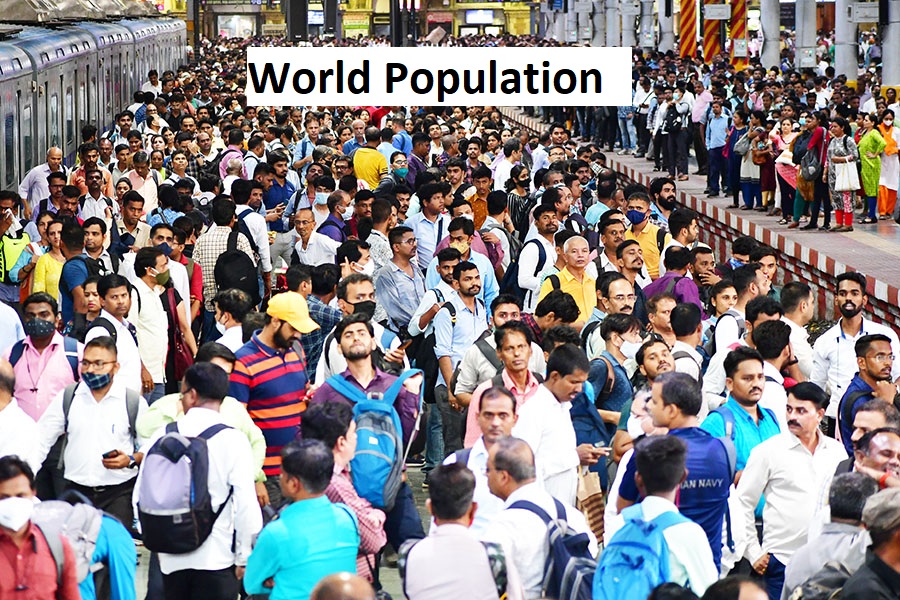World Population: Population experts have pointed out that one of the main reasons for the increase in population now is that the life span of people has increased. The average life expectancy in the world in 2019 was 72 years. This is nine years more than in 1990. Average life expectancy is expected to increase to 77 years by 2050.
On Tuesday, November 15, the world’s population reached eight billion. In this way, the population of the world has increased more than three times in the last 72 years. In 1950 the world population was only 2.5 billion. The United Nations has projected that if the current rate of population growth continues, the world population will reach 8.5 billion by 2030 and 9.7 billion by 2050. If this pace continues, the world population will reach 10 billion 40 by the year 2100.
By the way, according to the calculations of the United Nations, the speed of population growth in the world is decreasing. Due to this the world population will reach its peak in 2080. After that the population may begin to decline. By the way, there are 61 countries in the world whose population will decrease by one percent between now and 2050. The largest declines in population are projected to occur in Latvia, Bulgaria, Serbia, Lithuania and Ukraine. Overall, the population in those countries could decrease by as much as 20 percent compared to today.
According to population experts, the maximum increase in population occurred in the 1960s. After that the rate of population growth began to decline due to the availability of contraceptives and the development of societies in general. The birth rate declined especially among women who got employed after getting an education. Now the average birth rate per woman in the world is two children. Whereas in the 1950s this rate was five. However, according to experts, this figure varies from region to region. The birth rate per woman in sub-Saharan Africa today is four times higher than in the Pacific region.
Population experts have pointed out that one of the main reasons for the increase in population now is that the life span of people has increased. The average life expectancy in the world in 2019 was 72 years. This is nine years more than in 1990. By 2050, the average life expectancy is expected to increase to 77 years.
The average life expectancy has declined by one year in 2021 due to the COVID-19 pandemic. Last year it was 71 years. There is also disparity in different regions of the world in terms of average life expectancy. For example, people in poorer countries typically live seven years less than those in richer countries.
The United Nations estimates that by 2050, the number of people over the age of 65 will increase to 16 percent of the total population. Now, this number is ten percent. More than half of the world’s population is now in Asia. 26 percent of the world’s people live in South Asia. Next year, India will become the most populous country in the world, leaving behind China. However, by 2050, the largest increases in population will be recorded in Congo, Egypt, Ethiopia, India, Nigeria, Pakistan, the Philippines, and Tanzania. While it has been estimated in China that the period of population decline will continue there.
Read More: Air Pollution: People were shocked to hear Gadkari’s announcement
|
|
 YouTube YouTube |
Click Here |
 Facebook Page Facebook Page |
Click Here |
 Instagram Instagram |
Click Here |
 Telegram Channel Telegram Channel |
Click Here |
 Google News Google News |
Click Here |
 Twitter Twitter |
Click Here |




